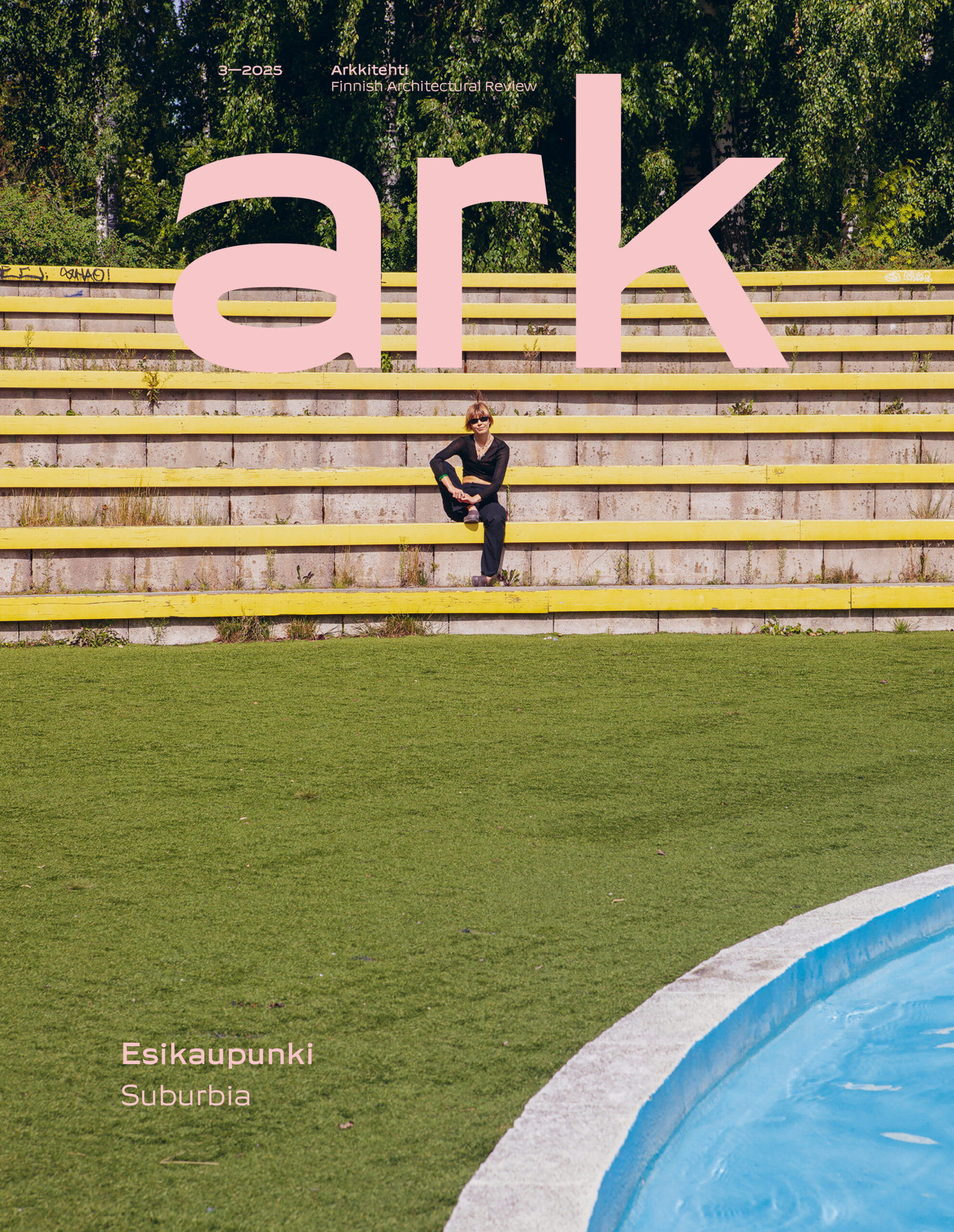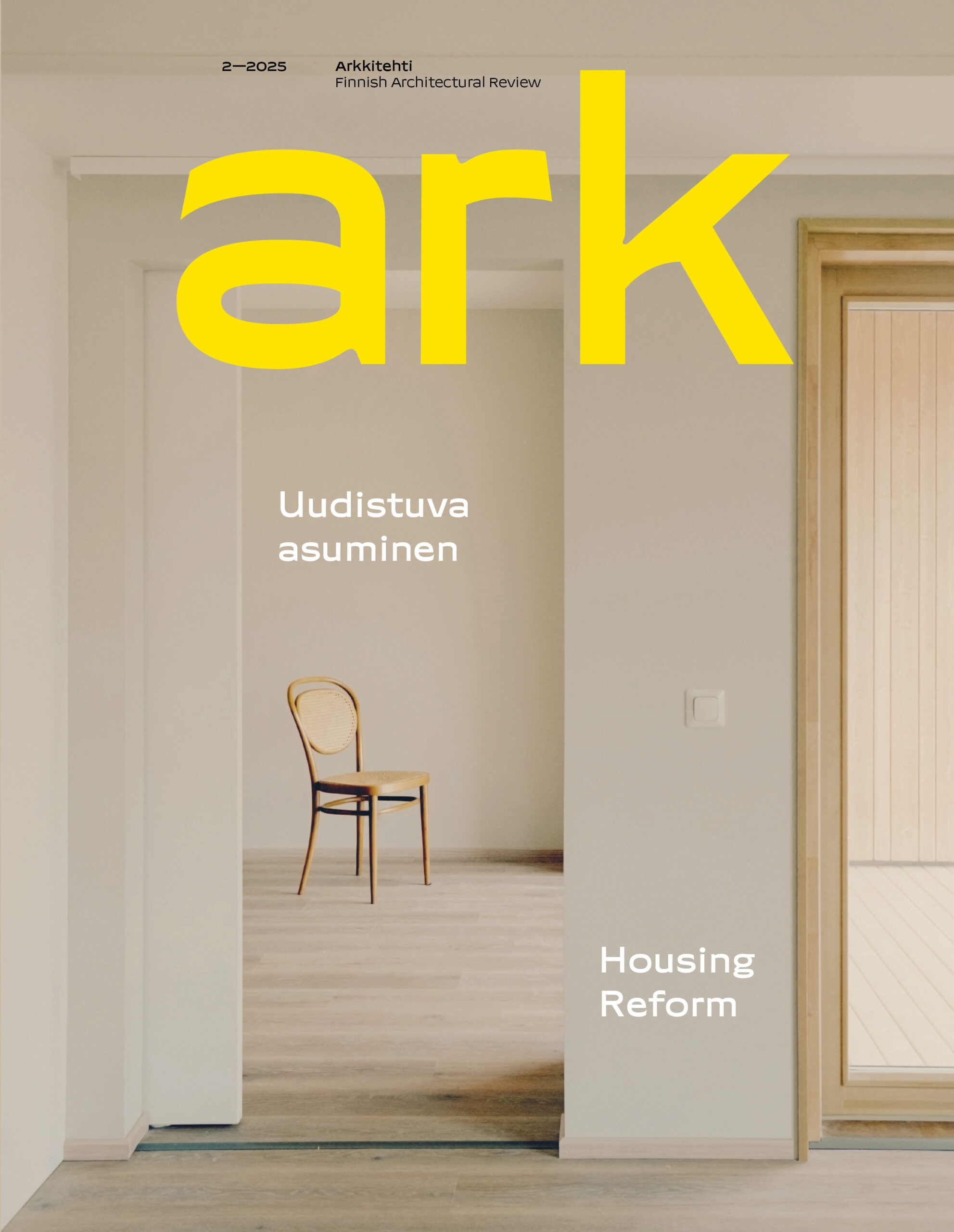“The difficulty with restraint is that as changes and additions designed to be inconspicuous accumulate, the original architecture becomes diluted and loses its power.”
The Fifty-Year Myth
An often-repeated claim in the media and popular discussions is that 1970s buildings were not designed to last for more than thirty or fifty years. Where did this belief come from? Might there be some truth to it?
The Fate of Modern Office Buildings
Without a heritage listing, the preservation or demolition of an office building is up to the property owner. The deciding factor is whether the owner can see beyond an outdated mass of construction.
Quantitative and Qualitative Intelligence in Venice
The 19th Architecture Biennale seeks answers to the climate crisis based on different types of intelligence. Locality is strongly present in the national pavilions.
The Tools of the Master of Light
In Juha Leiviskä’s architecture, the light goes through changes and reflects the passage of time. This impression is created by more systematic design principles than is often thought.
People and Urban Development Take Centre Stage in the Berlin Rendition of Pekka Helin’s Work
The Aedes Architecture Forum in Berlin shows a Finnish architect – at last.
Three Cases of Nordic Suburban Renewal
The renovation, infill and renewal of suburban neighbourhoods built during the 1960s and 1970s is a burning issue across Europe. The three examples demonstrate the ways in which this problem has been addressed in Sweden and Denmark.
The Promise of Medium-Density Housing
A city that provides room for both people and nature might be found somewhere between apartment blocks and detached houses. The Asuma research project gives a new benchmark for optimal urban density.
Room for a Machine
The cool and stylish heating plant follows in the footsteps of modernist industrial architecture.
A Centrepiece for an Office Campus
The Hatsinanpuisto Park features a stream that is home to endangered trout in the middle of a business block.
Maatulli School, Daycare Centre and Playground
Fors Arkitekter, Talli Architects, Blomqvist Arkitektur
Helsinki
2024
Photo Essay: In the Shadow of a Spectacle
A great tension in the urban space has arisen in Espoo in the 2020s, between the city built in the 1960s–1990s and the large, bold construction projects that are rapidly demanding the space for themselves. Photographer Henri Salonen has captured the city’s transformation.
Transforming Suburbs – Viewpoints from Finnish Cities
Residential districts built between the 1950s and 1980s constitute a large geographic segment of Finnish cities. We asked those in charge of urban planning in our largest cities how the suburbs in their cities are being developed right now.
2/2025Housing Reform
How do we reform the standards of housing production? How to turn the downturn in residential construction into an opportunity? What new housing typologies does Finnish housing design need? Read the issue →
What Did We Learn from the Previous Building Boom?
For the past couple of years, housebuilding has been stagnant across Finland. Homes built during the boom years that preceded the downturn have come under sustained criticism for their poor quality. What should the industry do differently when construction activity picks up again? We asked five architects to share their solutions.
A Carpet’s Many Patterns
Between a detached house and an apartment building there is room for more diverse building typologies that both save space for nature and offer a detached house-like living experience.
Towards Housing Design for Shared Living
Shared living challenges the established principles of what is considered good housing design.
Unique, Personalised and Urban Housing
When an architect or client sets out to build a multistorey residential building for their own use, the end result is often more intriguing than what is typically generated through ordinary housing production – for example, a home base for a theatrical community or a combination of a private home and an editorial office for an architectural journal.
Where Can One Find Housing Reform?
The reform of housing construction often requires completed pioneering buildings. We asked Jyrki Tarpio, a postdoctoral researcher in housing design, to evaluate the apartment buildings presented in the Housing Reform issue (2/2025) that originate from Housing Reform architectural competitions and the City of Helsinki’s Re-Thinking Urban Housing programme.



